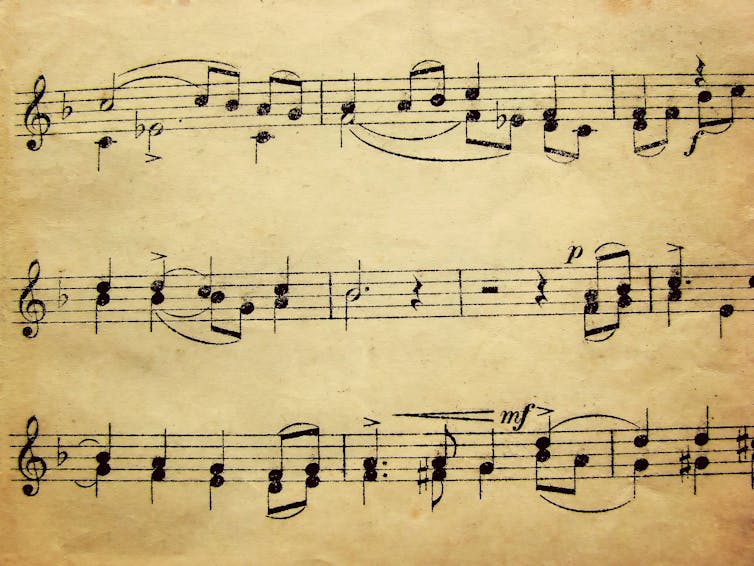As the 17th-century English playwright William Congreve said: “Music has charms to soothe a savage breast.” It is known that listening to music can significantly enhance our health and general feelings of well-being.
An important and growing area of research concerns how music helps to mitigate pain and its negative effects. Music has been shown to reduce anxiety, fear, depression, pain-related distress and blood pressure. It has been found to lower pain-intensity levels and reduce the opioid requirements of patients with post-operative pain.
Music has helped children undergoing numerous medical and dental procedures. And it has been demonstrated to work in a variety of other clinical settings such as palliative care, paediatrics, surgery and anaesthesia.
So what makes music so effective at making us feel better?
Music attracts and holds our attention and is emotionally engaging, particularly if our relationship with the piece is strong. Our favourite music is likely to have stronger positive effects than tracks we don’t like or know. Researchers have demonstrated that the music we prefer has greater positive effects on pain tolerance and perception, reduces anxiety and increases feelings of control over pain. In older people with dementia, listening to preferred music has been linked with decreasing agitated behaviour.
Alongside the benefits of listening to what you prefer, the nature of the music has also been shown to be important in enhancing how emotionally engaging it is for patients. Recent research has demonstrated this in relation to dynamics, brightness, arousal levels and other acoustic attributes. Music which is bright, with low intensity and slower tempo has been shown to have the most positive effect on the degree of pain that we experience, for example.
The pain barrier
On the back of all these insights, we are beginning to see music therapy for pain related to a wide variety of medical conditions. Types of therapy include playing musical instruments, singing and listening to music, though mostly in a clinical setting. Yet despite what we have learned and what we are now beginning to practice, there has been little work on chronic pain. This area of growing importance refers to pain either from an ongoing disease or that continues beyond the normal time that a wound usually takes to heal. This affects more than 14m people in England alone – around a quarter of the population.
To ease the burden on health professionals, the government wants sufferers to increasingly manage their pain themselves. Known as self-management in the jargon, this traditionally includes taking medication, stretching, relaxation exercises and so forth. Music has been suggested as an attractive addition to the list, given that it is inexpensive, can be tailored around the everyday activities of the individual and has few of the negative secondary effects associated with many prescription drugs. Beyond the pain itself, it also has the potential to help with persistent parts of the pain cycle such as stress and negative thoughts – particularly in this era of ubiquitous portable playing devices.

There is also much to study, however. We may know that the music we like can help with the negative symptoms of pain, but key mechanisms are still not fully understood. If being emotionally engaged with music is key to maximising our distraction in this regard, there are myriad factors affecting our emotional relationship with music that we need to understand.
These include the personal meaning and memories that the music conjures for a particular individual, the context the listener is in and factors such as age, gender, occupation and identity. There’s also a lot we don’t know about how people use music to regulate their emotions, such as using it to achieve a psychological high or to suppress negative feelings. Insights into these areas won’t only help in relation to chronic pain, but would certainly bring important benefits in that area.
Most of the research to date has been in laboratories and clinical settings – hence the reason most therapy takes place in the presence of specialists. Particularly if we are to learn how best to apply music to chronic pain, where self-management is so important, we’re going to need more research situated in everyday settings.
I am planning studies myself based around everyday music listening and how this can help support self-management of pain. Undoubtedly music therapy for chronic pain is an area with great potential, so there is every reason to others to press ahead too.
Don Knox, Senior audio lecturer, Glasgow Caledonian University
This article was originally published on The Conversation. Read the original article.
![]()

